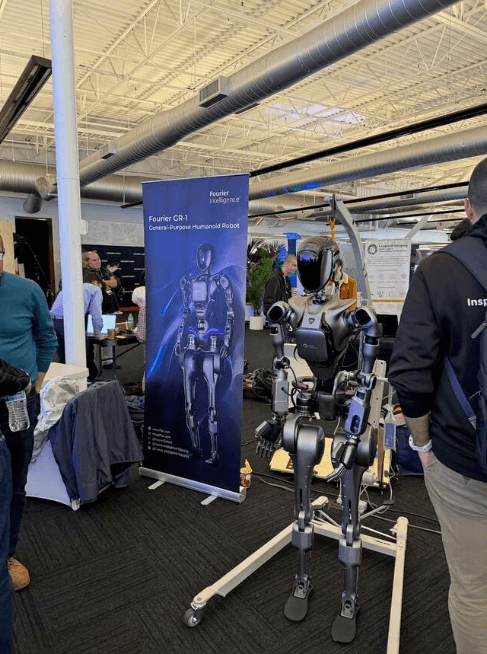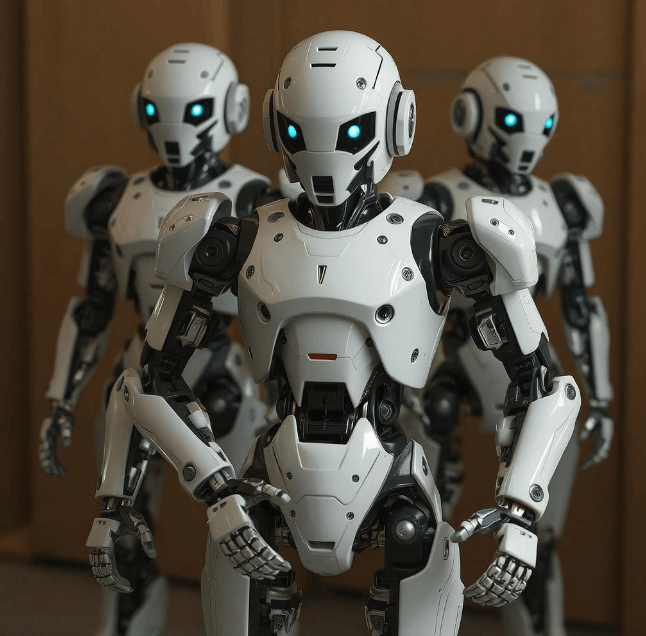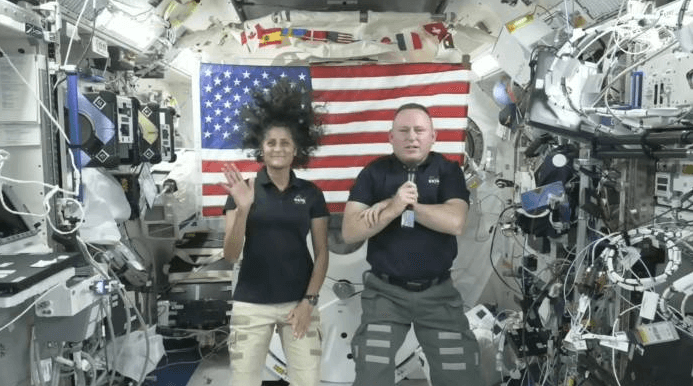In 1876, Alexander Graham Bell spoke the now-famous words to his assistant Thomas Watson over the first telephone call: “Mr. Watson, come here. I want to see you.” Almost a century later, in 1969, the first message over ARPANET-the precursor to the internet-was sent: the letters “LO”, an incomplete attempt to type “LOGIN” before the system crashed.
Fast forward to 2023, the first robotic foundation model API call, according to Sergey Levine, co-founder of Physical Intelligence, was a surprisingly mundane instruction: “Put the eggplant in the pot.”
Levine told this story during the Humanoids Summit at California’s Computer History Museum, on advances in humanoid robotics and artificial intelligence. If the vegetable placement milestone was drama-less, it is nonetheless a big step towards making humanoids practical for everyday life. After all, manipulating something as delicate as an aubergine is not a trivial task.
Humanoids Take Center Stage

Humanoid robots are steadily transitioning from research labs and factories into the real world. Fourier introduced its GR-2 robots in September 2023, while Figure’s O2 humanoid has been adopted by BMW for industrial use. Boston Dynamics’ Atlas continues to captivate audiences with its acrobatic stunts. But the biggest leap may be just around the corner: humanoid robots designed for public use.
According to Bernt Børnich, co-founder and CEO of 1X Technologies, the company’s Neo humanoid robot will make its debut in 2025 for early adopters in the San Francisco Bay Area. Neo’s first iteration, however, won’t be fully autonomous. Instead, it will depend on teleoperation, where human operators guide its actions remotely.
“It will have some AI-powered capabilities, like navigation and pick-and-place tasks,” explained Jorge Milburn, 1X’s VP of sales. “But a human teleoperator will oversee it, likely on a one-to-one basis. Over time, the aim is to move toward supervision rather than direct teleoperation.”
Due to safety concerns, 1X intends to screen Neo’s early placements carefully, ruling out high-risk environments, such as households with children. Weighing in at 5’4″ and 66 pounds, Neo is relatively lightweight, but accidents can still happen. The company is looking for customers who can help provide feedback that will be used to refine Neo and gather the vital data it needs in order to develop.
Challenges on the Road to Autonomy
Despite progress, there are still some major hurdles before humanoid robots can be common in autonomous form. Similar to driverless cars, the robots need extensive real-world data to learn how to move and act in dynamic environments. This means there is a lot of trial and error involved-or as Børnich says, “stumbling and fumbling before they can truly walk among us.
One promising development is π0 (pi-zero), a general-purpose robotic foundation model developed by Levine’s Physical Intelligence. Unlike traditional multimodal models like Google’s Gemini 2.0, π0 integrates vision, language, and action. In this way, it translates commands into physical action. Thus, robots with it can fold laundry or assemble boxes. Still, human workers are much quicker and more efficient. Nevertheless, the robots with π0 improve fast.
Humanoids and the Labor Market
The rise of humanoid robots naturally raises questions about their impact on employment. Proponents point out that robots can undertake labor shortages and jobs nobody wants to do, thus freeing humans for more interesting work. Yet history might suggest that cost-efficiency too often trumps loyalty in decisions about business operations, which means that workers could be displaced by robotic alternatives.
The humanoid form itself has come under skepticism. Leo Chen, director of US operations for Engineered Arts, said during one panel discussion that many humanoid robots are “a hammer in search of a nail.” He used Boston Dynamics’ Atlas as an example, pointing out that its most lucrative use to date had been in a Super Bowl ad rather than a practical application.
Nevertheless, for tasks within environments designed for humans, humanoid robots are still the logical choice. Ross Mead, founder and CEO of Semio, felt that diversity in design is still required for robots, too, since most of today’s robots reflect a male-centric ideal from his childhood. “It would be really nice to see more diversity in robot designs,” he said.
Looking Ahead
As humanoid robots take first tentative steps into homes and workplaces, they’ll be doing so under human supervision-a bit like the very beginning of the autonomous-vehicle era. This will form a critical phase for gathering the data to get to full autonomy someday. But as robots become common parts of daily life, expect questions about privacy and use of data to really raise their head-from logs of kitchen mishaps right to the bigger implications around what a machine has been watching, hour after hour.
Whether it’s helping with chores or serving as companions, humanoid robots represent the next frontier in our relationship with technology. Their journey from teleoperated assistants to autonomous household helpers promises to be as transformative-and challenging-as any technological leap before them.







Leave a Reply